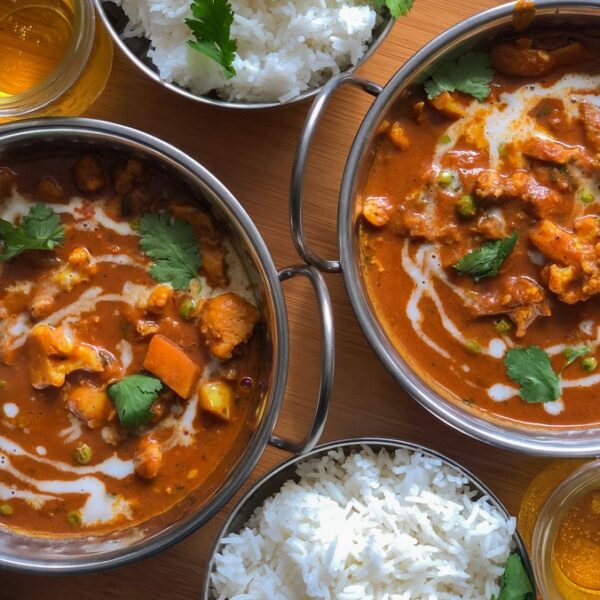Words by the chef Ciara N Hickey
It seems that wherever I work, there are a few local dishes that make their way into my comfort food zone. Here in Seoul, my comfort foods are spicy Udon on Saturdays, Insadong Hotteok on cold days, and finally Patjuk.
I first came across Patjuk at work, and like a great deal of dishes here, it isn’t the most pleasing on the eye, but it more than makes up for it in taste. One of the main reasons I enjoy Patjuk is its remarkable likeness to the breakfast oatmeal I used to have every day before school.
Patjuk Origin
So where did Patjuk come from? Traditionally, this porridge dish of red beans (Pat 팥), sticky rice and mini dumplings made with rice powder (Sae-Al-Sim 새알심) was traditionally served on the shortest day of the year, the Winter Solstice (Dongji 동지).
It’s quite simple to make: red beans are cooked slowly with sticky rice until they form a porridge. This is then served with the rice balls and maybe even some honey if you’re going for a really posh version.
Eating Patjuk is in part a spiritual preparation for the upcoming New Year, to ward off illness and bad luck and celebrate the longer hours of daylight to come. The porridge was used to mark the door of the house, since the color red was viewed as a charm that could repel mischievous spirits. Bowls of Patjuk were then offered up to the ancestors and shared with neighbors. After all this tiring work, the porridge itself was finally eaten as the beans contain many nutritional and health benefits.
Traditions fade, and today belief in the Patjuk’s ghost-busting power is not as strong as it once was. But the dish is still as delicious as ever, and the seasonal red and white of a good bowl of Patjuk will fit right in with your year-end festivities.
Must-Try Patjuk In Seoul
Bonjuk 본죽
No matter where you live in Korea, you’re very likely to find a Bonjuk branch close by. You can come there to slurp on everything from mushroom to octopus and kimchi. And of course, Dongji Patjuk for only ₩7,000 is on the menu, too.
bonjuk.co.kr 1644-6288
Munhori Patjuk 문호리 팥죽
You may need a car to get to this restaurant located by the Bukhan River in Yangpyeong, east of Seoul. Start with the Patjuk (₩8,000) and move on to seafood Pajeon (₩12,000) and spicy Kalguksu (₩10,000) if you’re still hungry.
Address: 641 Bukhangang-ro, Seojong-myeon, Yangpyeong-gun, Gyeonggi-do





